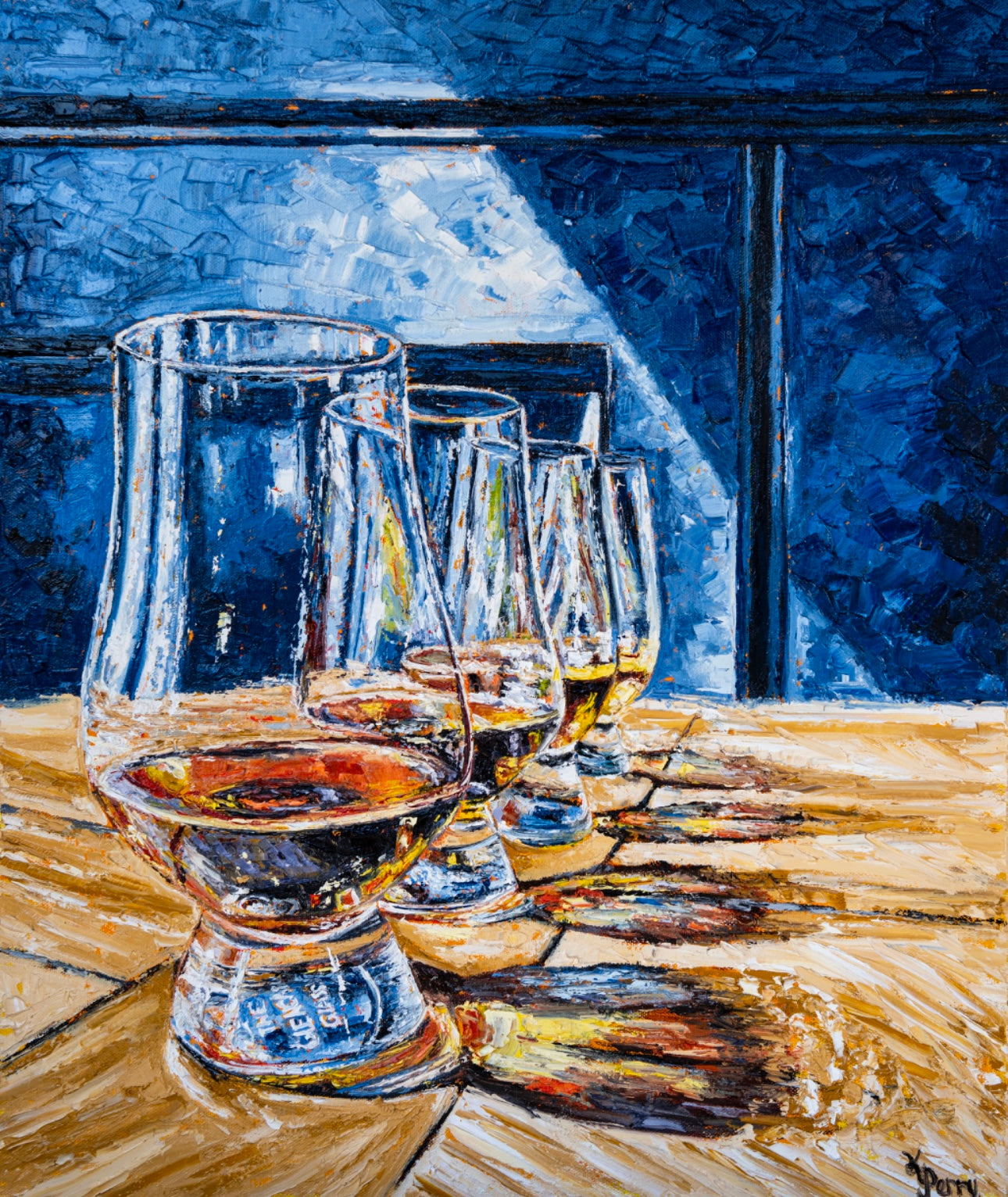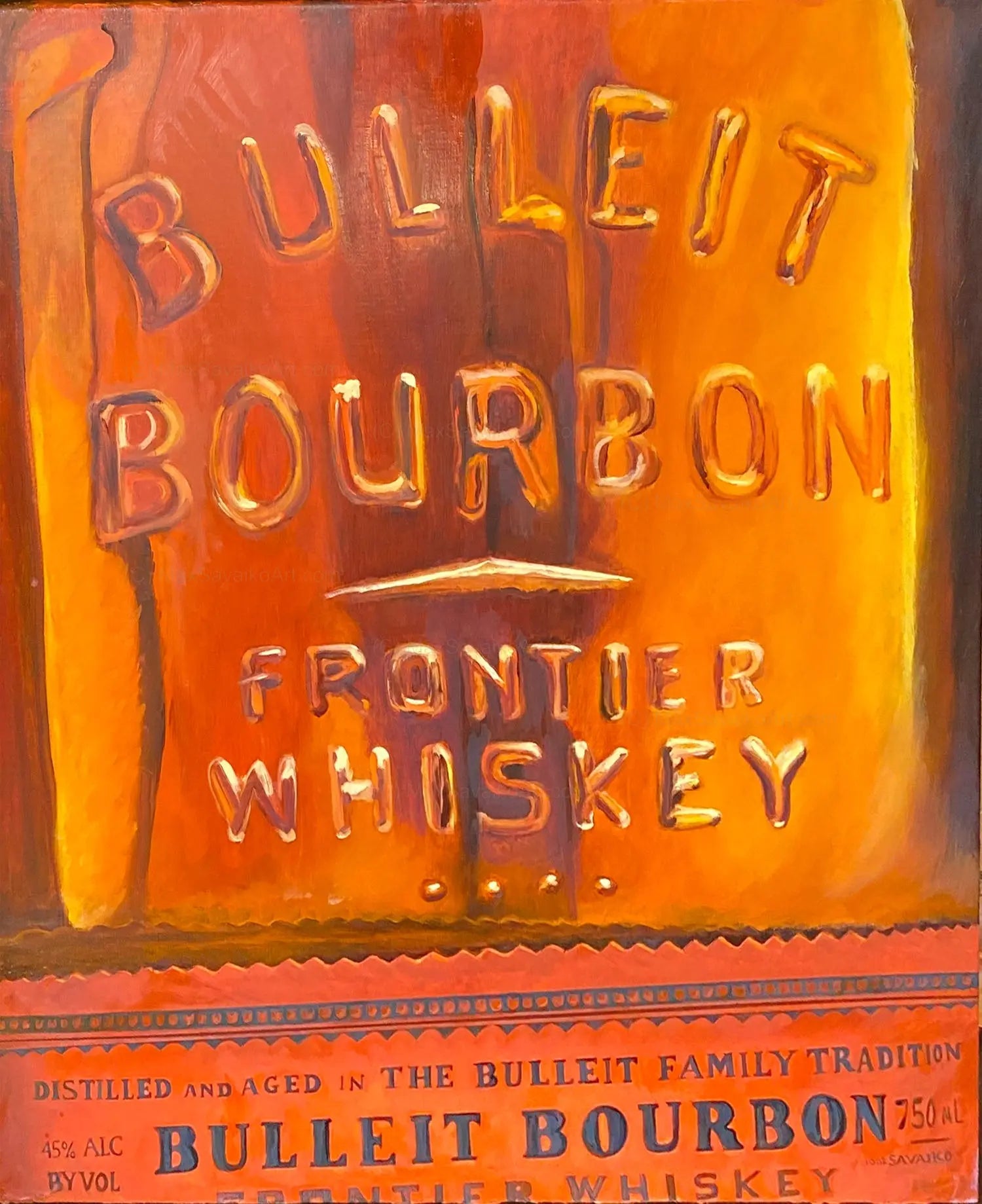Check out the World of Bourbon Art: A Trip Through Society and Craftsmanship
Check out the World of Bourbon Art: A Trip Through Society and Craftsmanship
Blog Article
The Value of Whiskey Art in Celebrating Heritage and Workmanship in the Beverage Sector
The intricate relationship in between bourbon art and the event of heritage and craftsmanship within the drink industry can not be overemphasized. With thoughtfully designed tags and containers, whiskey brand names encapsulate their historical origins and the artisanal skills that define their manufacturing approaches. This imaginative dimension not only improves market charm however also serves as an avenue for cultural storytelling, cultivating a deeper link in between the craft and the consumer. As we discover the different aspects of this topic, appealing inquiries concerning the impact of contemporary fads on standard methods develop, prompting further examination.
The Historic Origins of Whiskey
At the heart of bourbon's appeal exists an abundant tapestry of historic origins that trace back to ancient people. The beginnings of scotch can be linked to the distillation methods of the Sumerians and Babylonians around 2000 BCE, where early types of fermented grain drinks began to arise. Nonetheless, it was in the Middle Ages that the art of purification developed substantially, particularly in Ireland and Scotland, causing the production of whiskey as we understand it today.
The term "bourbon" itself originates from the Gaelic word "uisce beatha," suggesting "water of life." This expression underscores the cultural importance of whiskey in Celtic cultures, where it was typically connected with routines, parties, and public bonding. By the 15th century, distillation came to be an acknowledged craft within monastic neighborhoods, paving the method for the establishment of lawful distilleries.
As profession routes expanded, scotch's popularity expanded, transcending regional boundaries and capturing the interest of aficionados worldwide. Whiskey Art. This historic trip shows not only the workmanship behind scotch production yet additionally its essential role in cultural and social contexts, noting it as a substantial beverage throughout history
Artistic Expression in Branding
Whiskey branding stands as a compelling crossway of artistry and commerce, where aesthetic identity plays a crucial duty in shaping customer assumption. The aesthetic appeals of scotch labels, packaging, and advertising and marketing products show not only the brand name's tale yet likewise its core worths and heritage. Through creative expression, distilleries convey a story that reverberates with consumers, stimulating emotions and triggering connections.
The usage of color, typography, and imagery in branding offers to differentiate items in a saturated market. Standard motifs may evoke a sense of authenticity and craftsmanship, while contemporary layouts can symbolize technology and forward-thinking. This calculated creative direction enhances brand name acknowledgment and loyalty, enabling consumers to forge an individual partnership with the bourbon they select.
Furthermore, creative expression in branding often acts as a party of local heritage. Distilleries frequently incorporate neighborhood symbols or historical recommendations into their styles, creating a feeling of area that invites consumers to take part in a wider social experience. Ultimately, the creativity behind scotch branding not just boosts visual charm yet likewise enriches the total story of the brand name, cultivating a deeper gratitude for the craftsmanship and heritage embedded in each container.
Craftsmanship in Container Style
The creativity obvious in whiskey branding expands beyond aesthetic identification to include the craftsmanship associated with container design. Each container functions as a vessel not simply for the spirit within, yet likewise for the tale it informs about its high quality, origin, and custom. The style procedure calls for thorough interest to detail, as components such as shape, product, and closure add significantly to the overall assumption of the bourbon.
Workmanship in container style entails choosing premium glass that can improve the whiskey's color and clarity, while likewise offering a responsive experience for the consumer. The silhouette of the container should be both visually enticing and functional, frequently mirroring the heritage of the brand. Numerous distilleries choose unique shapes or embossed logos that stimulate a sense of credibility and history.
Furthermore, the tag design and typography play a crucial role in interacting the brand's narrative. Bourbon Art. A well-crafted bottle you could try here not just mesmerizes the customer's eye but additionally enhances the brand name's commitment to high quality and practice. By doing this, the craftsmanship of container style becomes an essential facet of the scotch experience, combining virtuosity with a profound regard for heritage
Cultural Importance of Bourbon Art
Celebrating practice and craftsmanship, the social relevance of scotch art goes beyond mere aesthetics, linking with the social and historical stories of the areas from which it comes from. Each container acts as a canvas, depicting the unique tales, mythology, and practices that have shaped regional whiskey-making practices. The elaborate styles frequently mirror the heritage of the distillers, incorporating signs and themes that resonate with the society and worths of their communities.

On top of that, whiskey art plays a crucial duty in public gatherings and parties, acting as a substantial link between people and their shared experiences. By appreciating the virtuosity in whiskey packaging, customers cultivate a deeper understanding and regard for the craft, eventually improving their enjoyment of the drink itself.
Modern Trends in Whiskey Discussion
In recent years, the discussion of whiskey has actually advanced to mirror contemporary tastes and trends while still honoring typical workmanship - Limited Edition. Distilleries are increasingly concentrating on aesthetic components that boost the overall drinking experience, connecting the gap between heritage and modernity
Ingenious bottle layouts have emerged, typically integrating sustainable products and creative tags that inform engaging stories. Several brand names currently work together with regional musicians, infusing their items with one-of-a-kind aesthetic expressions that resonate with consumers. Additionally, limited-edition launches are frequently packaged in collectible containers, adding worth and appeal for aficionados.

Verdict
In final thought, whiskey art serves as an important avenue for sharing the heritage and craftsmanship integral in the beverage industry. Through elaborate branding, innovative container designs, and culturally significant artistic elements, scotch brand names properly honor their traditions and attach with customers.


Workmanship in container style entails picking top quality glass my link that can enhance the bourbon's shade and clarity, while also giving a tactile experience for the consumer. In this way, the craftsmanship of bottle layout comes to be an essential aspect of the bourbon experience, merging creativity with an extensive respect for heritage.
In conclusion, scotch art offers as a crucial conduit for sharing the heritage and workmanship fundamental in the beverage market.
Report this page